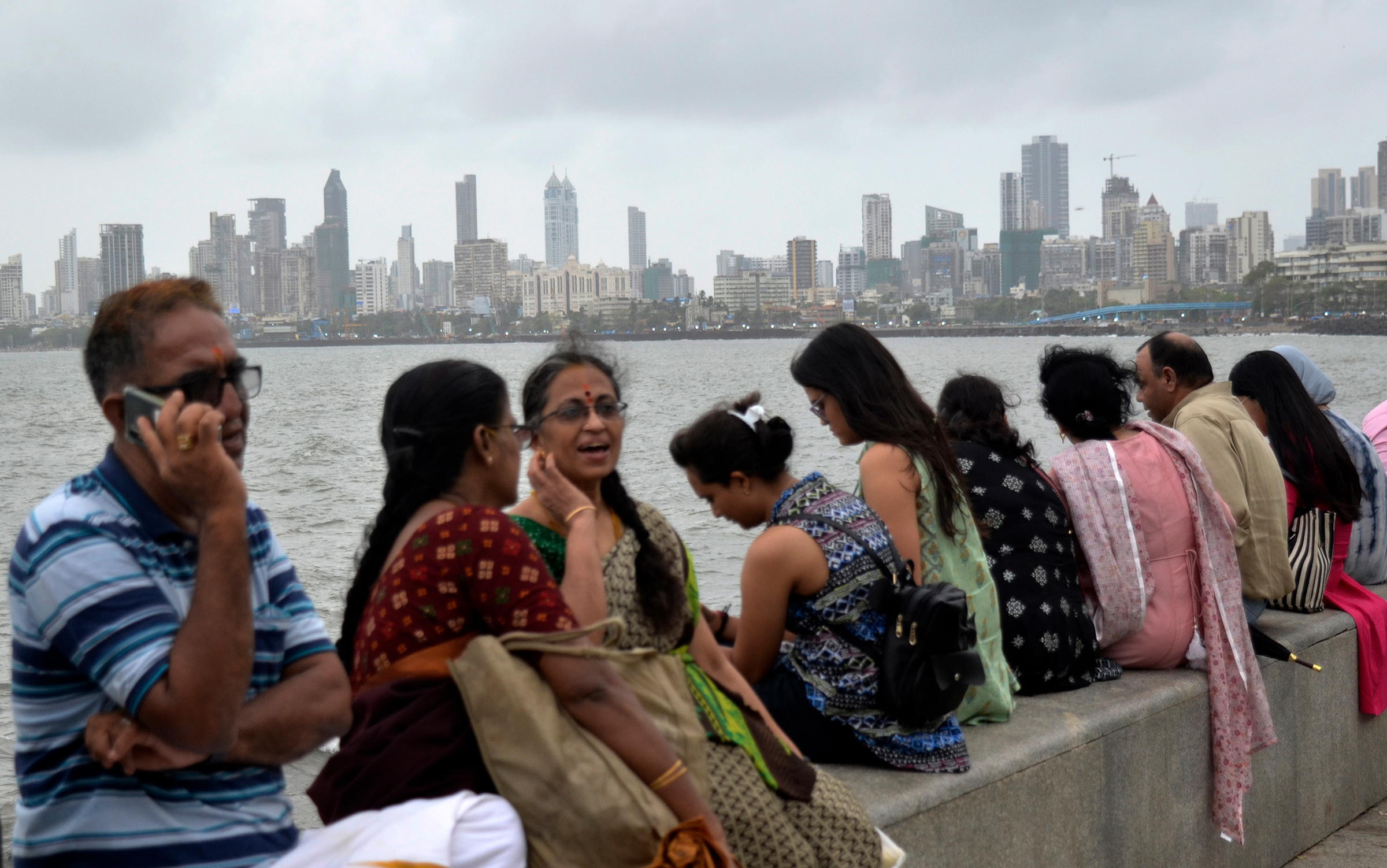ARVIND PANAGARIYA

The brilliant and late economic historian Angus Maddison estimated that India was the world's largest economy for a staggering one and a half millennia. China surpassed India by 1820 but they remained the world’s two largest economies until 1870, when the twin effects of the Industrial Revolution in the West and European colonization were more fully felt. Britain then emerged as the world’s foremost economic power; that economic title passed to the U.S. by 1900. Yet amid increasing talk of Asia’s rise, is the world economy now poised to return to its old normal?
Prospects for such an outcome can hardly be overestimated. With its economy already 70% of the U.S. and growing at more than twice the latter's rate, China is poised to become the world’s largest economy between 2035 and 2040. But the next debate is over whether the Indian economy will also surpass the U.S.’s—and when.
The good news for India is that during the 15 years preceding COVID-19, the country sustained a real GDP growth rate of 8% compared with less than 2% for the U.S. If India can keep this up for the next two decades and grow 5% a year thereafter while the U.S. maintains its growth rate of 2%—two scenarios that are possible, if not likely—it would overtake the latter by 2073.
There are several factors working in India’s favor. To begin with, the country’s GDP per capita is less than 20% of China's and 5% of the U.S.'s. This yawning gap in productivity per person offers India vast opportunities to catch up. As the country accumulates capital and imparts skills to its workforce, it can achieve large productivity increases just by deploying the superior existing technologies.
India also enjoys the twin advantages of a young and large population. Keeping the population size aside momentarily, a young population offers three advantages. First, it potentially translates into a relatively larger workforce and, consequently, higher output per capita. Second, given that the young tend to save for old age while the old spend more than they save, a younger population also translates into higher savings and therefore higher investment. The higher investment directly adds to output and indirectly facilitates the adoption of superior technology. Finally, a younger population brings greater energy and vibrancy to a nation, leading to more innovation.

Daily commuters wait for the suburban train on the platform of CST station in Mumbai on April 17. India has a young, vast work force that is expanding as China's ages and shrinks. But the country's immense size also lays bare its enormous challenges.
Atul Loke—The New York Times/Redux
But to take full advantage of its young population, India must do more to raise its labor participation rate, particularly among women. Less than one-quarter of women 15 and up participate in India's workforce, compared with three-fifths in China and the U.S. And better education at all levels will play an essential role in that endeavor.
As for population size, India likely surpassed China this year to become the world’s most populous country, and the gap will only widen in the near future. That confers additional benefits through economies of scale in the provision of public goods. Take, for example, India’s digital payments infrastructure built on the biometric identity system known as Aadhaar and the United Payments Interface (UPI) platform, which serves as host to hundreds of banks. Using Aadhaar to verify identity, UPI clears transactions between bank-account holders in real-time. The larger the number of users, the lower the per-capita cost of building the infrastructure for it.
This same argument also applies to other sectors. Once an expressway has been built, for example, the larger the population in the communities residing around it, the lower the per-capita cost of connecting them to it. The same goes for railway and air connectivity, electricity, and piped water. Once these amenities have been brought to one village, the extra cost of extending them to other nearby villages is small.
Size also brings benefits when it comes to creating supply chains. A larger population means greater scope for agglomeration and cost efficiencies. Today, with the risks of investing and operating in China multiplying, multinationals are switching to the so-called "China+1" strategy, looking for an additional, less risky but cost-effective location for their investments. India has a distinct advantage in becoming that "+1" country because it constitutes the largest single market among potential competitors. Components produced in different locations can move freely without having to face a customs border. A large internal labor market also makes for better prospects for a closer match between the skills needed and those available.
But first, India needs to reduce its trade protectionism, which remains relatively high. No country has sustained growth rates of at least 8%, as India needs to do to overtake the U.S. economy, without embracing globalization. The country should roll back tariffs, strike more free trade deals with major economies and trade blocs, and cut back on the use of anti-dumping.
There are additional areas where India cannot afford to be complacent. The country must swiftly privatize a number of public sector enterprises, particularly banks, that have a long history of low or negative returns. Tax reform should also be high on the government's agenda; a constant complaint of businesses, especially small- and medium-sized ones, has been overzealous tax authorities and a convoluted and opaque system.
In essence, India needs to remember the spirit of its economic reforms in 1991—which centered around liberalization, privatization, and globalization—that have gone some distance toward accelerating growth. If the country wants to return to being one of the world's top two economies in the next 50 years, it must deepen and widen the reforms it began three decades ago.
No comments:
Post a Comment